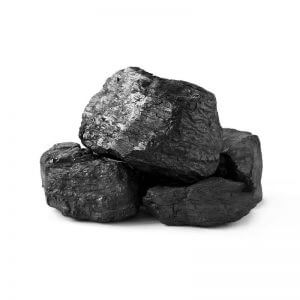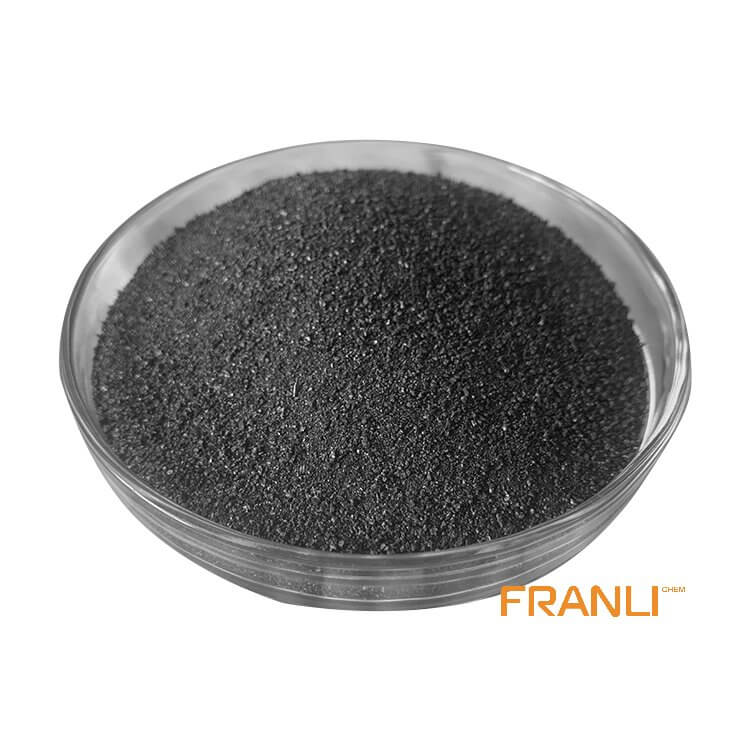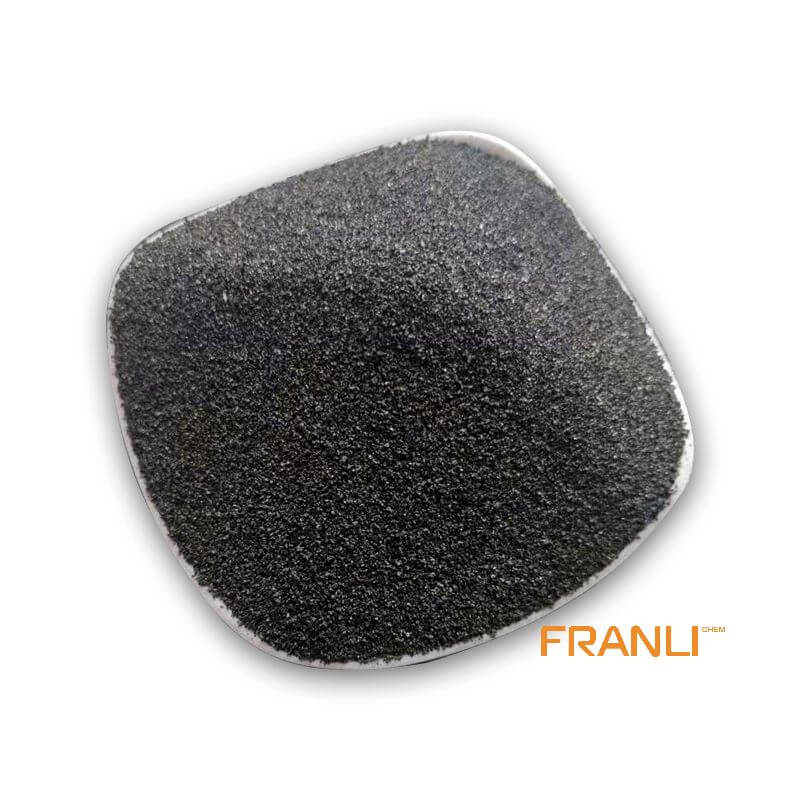


Petroleum Coke
Size
According to your requirements
Package
25 kg small bags into ton bags or ton bags
Features
Low ash content and low boiler ash discharge, etc.
Application
Depending on its quality, petroleum coke can be used in industries such as graphite, smelting and chemical industry, etc
Petroleum coke, as a byproduct of petroleum, is produced in the process of petroleum processing, that is, the crude oil is distilled to separate light and heavy oil, and the heavy oil is converted into petroleum coke by hot cracking. If petroleum coke can be obtained directly from petroleum processing, then the petroleum coke is raw coke or ordinary coke. Petroleum coke has irregular shape, dark gray or black, porous structure and metallic luster.
Request a quoteThe fuel-grade petroleum coke at the Franli’s factory, which can be used in glass melting furnaces, has become a potential energy reserve, and the development of society is now inseparable from this fuel. Petroleum coke is mainly the waste residue of oil refining, with high calorific value, when using this fuel, strict desulfurization and denitrification treatment should be carried out, and various preparations should be made for moving towards environmentally friendly energy.
At present, China has a relatively long history of using coal as fuel and the technology is relatively mature. Subsequently, it was used as boiler fuel to replace coal or oil to produce steam power generation and heat supply. In recent years, the glass industry has used petroleum coke as a fuel to replace high-priced fuel materials. In order to ensure the improvement of quality, the glass industry also wants to reduce part of the cost of raw materials, which can be replaced by using petroleum coke through reasonable choices.

Petroleum coke at high temperatures
Petroleum coke is a reduced pressure residue of petroleum, which is pyrolyzed and coking at 500-550 °C through a coking device to produce black solid coke. With metallic luster, porous. It is a non-polar hydrocarbon and belongs to hydrophobic. Its components are hydrocarbons, containing 90% ~ 97% carbon, 1.5% ~ 8% of hydrogen, ash content is not more than 0.5%, and volatile content is about 11%. Its output is 25%~30% of raw oil, and the low calorific value is 1.5~2 times that of coal, and the quality is close to anthracite, with high calorific value and low volatile content. In terms of the cleanliness of the flame and the calorific value of the fuel, it can be well close to the effect of heavy oil combustion, and more importantly, the price of petroleum coke is more affordable in the comparison of fuel, which is a glass melting fuel that can reduce the cost.
Petroleum coke processing technology
(1) Combustion processing: it is an easily crushable and finely ground fuel, ground into powder, which can be prepared at high temperature, and can be directly burned in the kiln by spraying. After the purchased raw materials are naturally cooled and dried, they are crushed by a hammer crusher, with a particle size < 5mm or less. Before and after crushing, the iron is removed by electromagnetic to prevent the ferrous material from entering the crushing system. The semi-finished products that are uniformly descended from the hammer crusher are evenly fed into the ultrafine pulverizer through the belt conveyor. The finished petroleum coke powder is collected by the bag filter and sent to the storage silo in front of the spraying equipment by pneumatic conveying method.
(2) Desulfurization processing: add a certain proportion of desulfurization bacteria liquid for desulfurization, so as to reduce the organic sulfur content in petroleum coke and achieve the purpose of environmental protection. Put it into the reaction kettle, add concentrated nitric acid solution, mix well, and react for 12 24 hours. The knot will rinse the materials in the reactor, filter and dry, and add desulfurization bacteria liquid at a temperature of 25 to 30 °C for stirring the reaction for 7 to 10 days. Secondly, the material in the reactor is washed with water, filtered and dried to obtain desulfurized petroleum coke. This effectively helps high-sulfur petroleum coke to remove organic sulfur, the desulfurization conditions are mild, the cost is low, it is conducive to reuse, and the environmental pollution is also reduced.

Petroleum coke combustion system
At present, the petroleum coke combustion system mainly has a variety of structural forms: one is a tank pressure combustion system, and the other is a rotary combustion system. The tank pressure combustion system is composed of powder storage silo, flow injection tank, gas supply pipeline, control device, burner and other units. The compressed air pressure produced by the air compressor should be ensured to be above 0.70MPa. According to the characteristics of petroleum coke fuel, pre-spray cleaning, post-spray cleaning and other devices are designed in the pre-furnace injection system. During normal production, the flow control, pressure adjustment and other operations of the combustion system can be automatically completed through the main control room computer, and when individual adjustment or debugging is required, it can be switched to the manual unit for operation.
When calcined in the rotary kiln, the raw materials enter from the end of the high-end kiln, and the petroleum coke gradually moves to the bottom kiln head with the rotation of the cylinder, and after high temperature treatment, it becomes a product and is discharged from the kiln head after calcination. The flue gas generated by the combustion of the nozzle of the kiln head and the flue gas generated in the calcination of petroleum coke flow to the end of the kiln and directly contact the petroleum coke for reverse heating.
Due to the market supply and price fluctuations of fuel at present, glass companies according to the needs of glass melting quality and cost, many kilns are installed with combustion systems of different fuels at the same time, you can flexibly choose glass fuel, you can choose petroleum coke from Franli’s factory. Not only that, but also oil and gas mixed burning, powder gas mixed firing and other situations, which can fully meet the needs of glass production and operation and glass melting quality, effectively ensure the safe and continuous operation of glass enterprises, and improve the economic benefits of enterprises.



